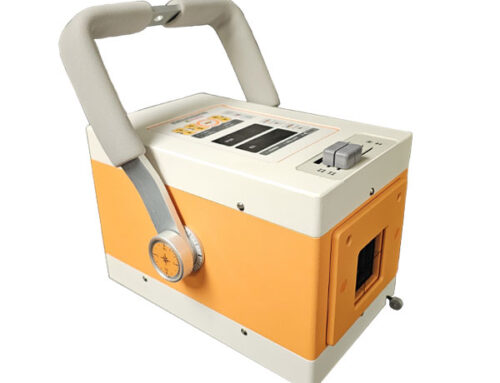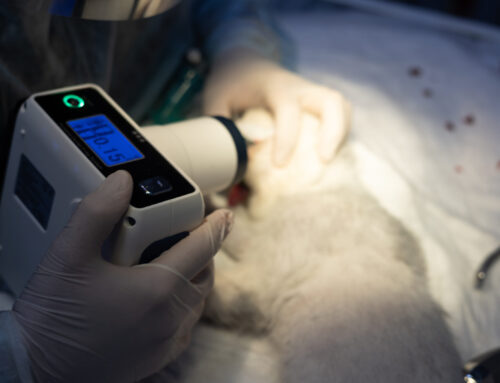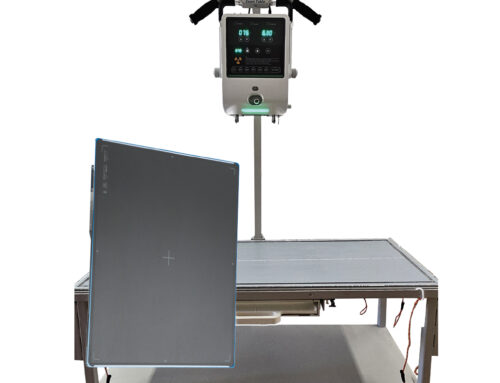In the dynamic world of veterinary medicine, the quest for innovative treatments that enhance animal health and well-being is ongoing. One such breakthrough that has gained momentum is red light therapy. Often referred to as low-level laser therapy (LLLT) or photobiomodulation (PBM), this non-invasive approach has shown promising results across various animal species.
The Science Behind Red Light Therapy:
Red light therapy involves the application of low-level light wavelengths to stimulate cellular function and promote healing. These specific wavelengths penetrate deep into tissues, where they trigger a cascade of biological responses. At the cellular level, red light therapy enhances mitochondrial activity, increases ATP production (the energy currency of cells), and reduces inflammation. Moreover, it promotes tissue repair, accelerates wound healing, and alleviates pain—all without adverse side effects.
Benefits of Red Light Therapy for Animals:
- Pain Management: Chronic pain is a significant concern in veterinary medicine, affecting animals due to various conditions such as arthritis, injuries, or post-operative discomfort. Red light therapy offers a non-pharmacological approach to pain management, providing relief by reducing inflammation and stimulating the body’s natural healing mechanisms. Whether it’s an aging pet struggling with mobility issues or a sporting dog recovering from an injury, red light therapy can be a valuable adjunct to conventional pain management strategies.
- Accelerated Healing: From soft tissue injuries to surgical incisions, wounds in animals can impede their quality of life and pose challenges for caregivers. Red light therapy accelerates the healing process by promoting collagen synthesis, enhancing circulation, and reducing scar formation. Whether it’s a horse with a tendon injury or a cat recovering from a surgical procedure, incorporating red light therapy into the treatment regimen can expedite recovery and improve outcomes.
- Enhanced Rehabilitation: Rehabilitation plays a crucial role in restoring mobility and function in animals recovering from orthopedic surgeries, neurological disorders, or musculoskeletal injuries. Red light therapy complements rehabilitation protocols by reducing pain, improving range of motion, and facilitating muscle recovery. Whether it’s a canine athlete returning to peak performance or a geriatric pet regaining mobility, incorporating red light therapy into the rehabilitation program can optimize outcomes and enhance overall well-being.
- Management of Chronic Conditions: Animals, like humans, can suffer from chronic conditions such as osteoarthritis, degenerative joint disease, or inflammatory disorders. Red light therapy offers a holistic approach to managing these conditions by mitigating pain, reducing inflammation, and improving joint function. Whether it’s an arthritic dog experiencing stiffness or a feline companion grappling with inflammatory bowel disease, integrating red light therapy into the treatment plan can improve comfort and quality of life.
Conclusion:
In the realm of veterinary medicine, red light therapy emerges as a safe, effective, and versatile modality with profound implications for animal health and welfare. Its ability to alleviate pain, promote healing, and enhance rehabilitation underscores its value as a complementary therapeutic option for veterinarians and caregivers alike. As we continue to explore the frontiers of veterinary care, harnessing the healing power of red light therapy holds immense promise in fostering the well-being of our cherished animal companions.




